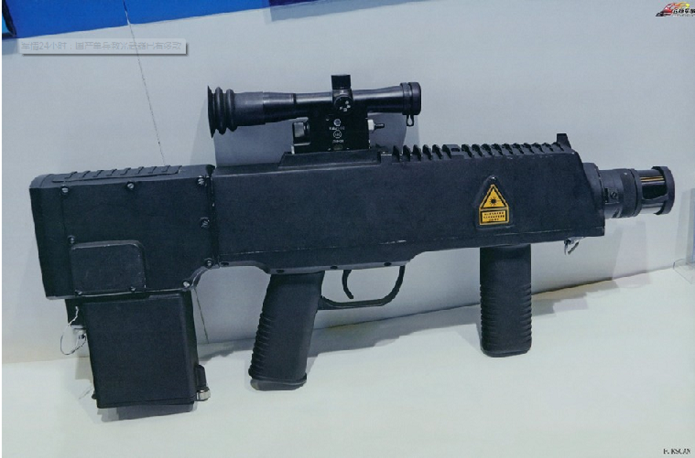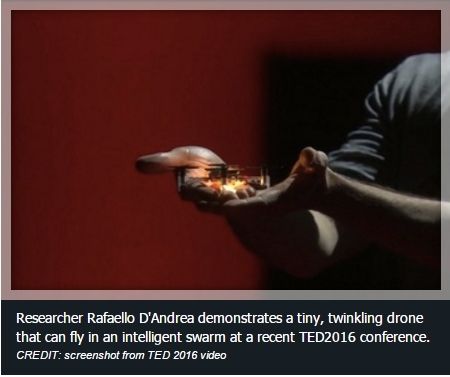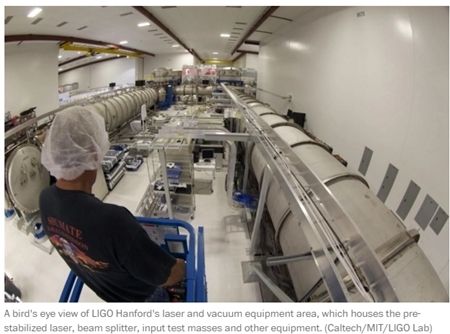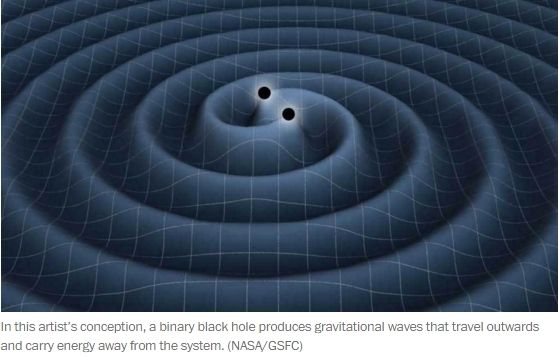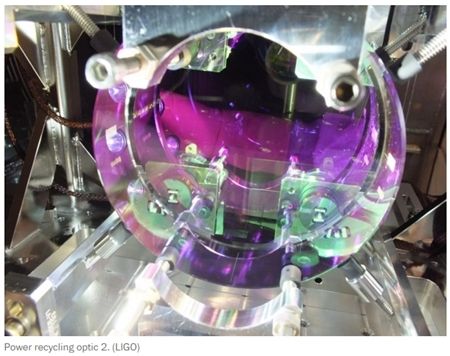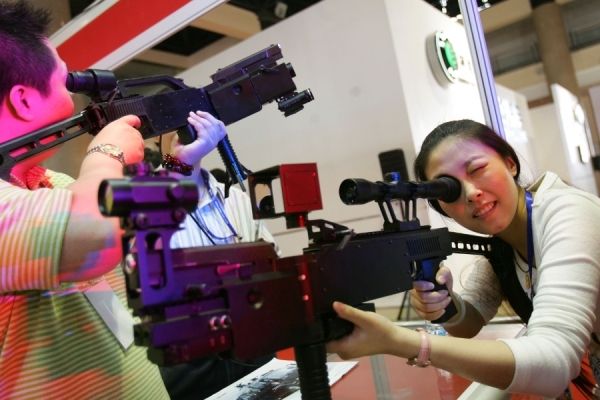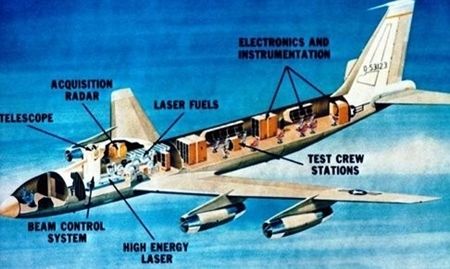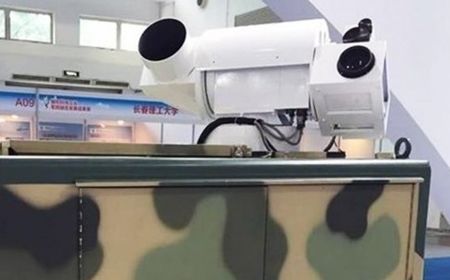madmacmo
0
- Joined
- Dec 28, 2009
- Messages
- 284
- Points
- 63
CLHSonline.net | January 8th, 2016 | by simieljc
Breakthrough in Laser Technology
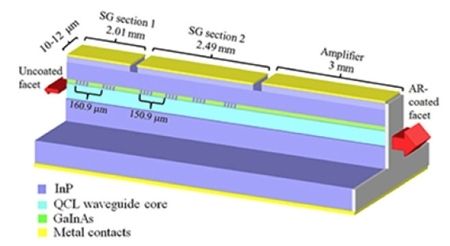
Breakthrough in Laser Technology
Lasers have many roles in different peoples’ lives. A Northwestern University team, led by Walter P. Murphy Professor of Electrical Engineering and Computer Science, integrated a mid-infrared tunable laser with a chip attached that acts as an amplifier. With this setup it allows wavelength output, modulators, and amplifiers to work together in the same place! Also with this set up there is more order-of-magnitude output power being produced than any other one that has been made.

This all may seem unimportant to some and not make any sense, but it is a breakthrough in science that many people will be able to use! This breakthrough may allow the government and military to detect hazardous chemicals or explosive bomb threats. Another use of this single-chip laser is that it could keep people away from potentially harmful areas. Last but not least, this laser may also help with free space optical communications and aircraft protection.





